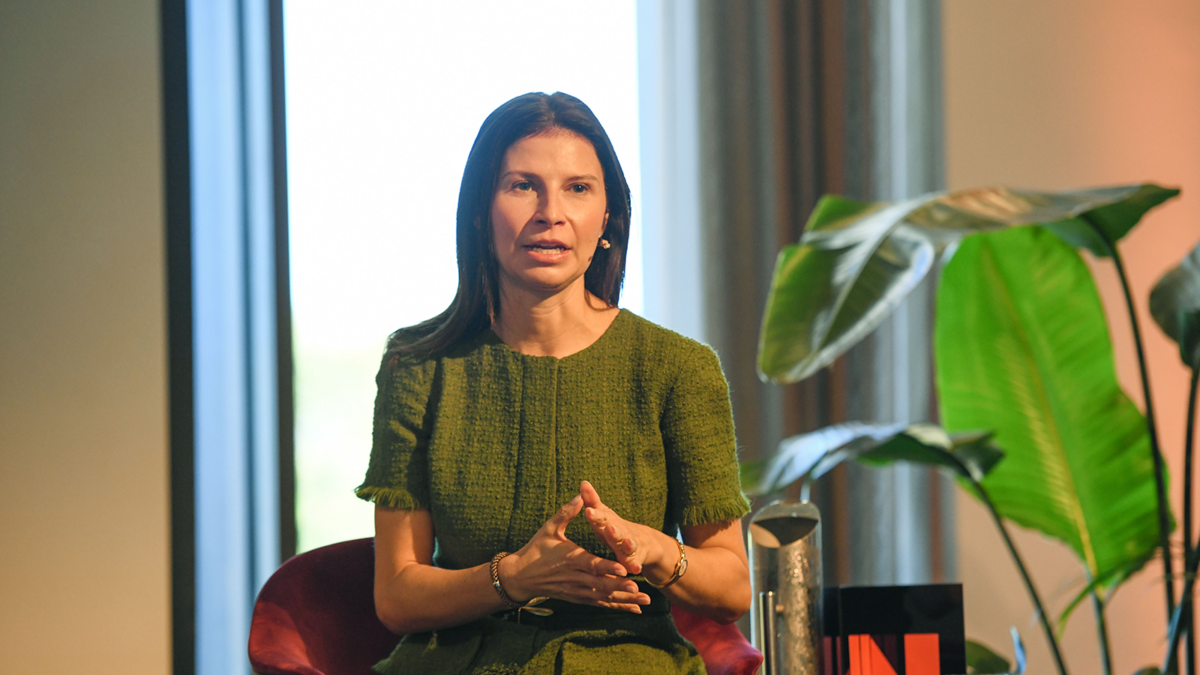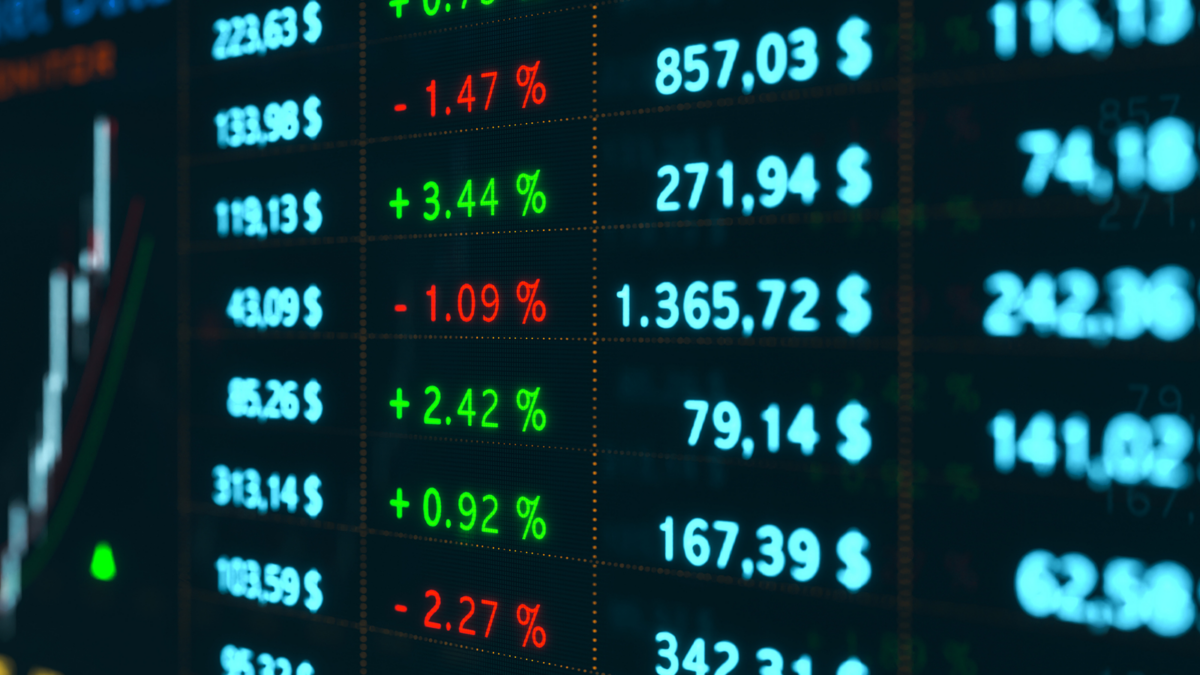Has there been a better time for retirees to invest?
While most of the financial press is focusing on the impact of inflation, the cost of living or falling asset prices (particularly residential property) and the interest rate rises brought forth to combat this, the headlines are missing the biggest message of all.
There has rarely been a better time for retirees to be investing their capital.
Ever since the Global Financial Crisis, interest rates around the world have been on a trajectory to zero. The result of multiple financial crises and the pandemic was quite clearly a tax on retirees, or those with capital, in the form of lower rates.
No more is the growing opportunity set more evident than in the surge in low-risk options that have become ‘investable’ once again.
For most investors, holding cash has been among the biggest drags on returns for the last decade, to the point that the term TINA or ‘There is No Alternative’ was coined. This referred to the need to take more and more risk in the pursuit of returns and income.
How the tables have turned, though, something nowhere more evident than in the humble savings account. By no means is this an advertisement, but Macquarie Bank is now offering a floating rate of 4.5 per cent on its standard savings account; that’s a quick turnaround from nearly zero per cent last year.
Moving slightly along the risk spectrum, albeit still government guaranteed, ING’s Savings Maximiser is offering a 4.55 per cent variable rate, equating to a bonus of 4 per cent, while one year term deposits with Rabo Direct, AMP and Macquarie now all exceed 4 per cent for a one-year term.
Naturally, many will query the attractiveness of term deposits in a high (but clearly falling) inflation environment, but this must be considered in context of long-term inflation and is an issue for another day.
Long duration, fixed rate bonds issued by the Australian or United States Government were among the worst performing asset classes in the world in 2022, with both these so-called ‘risk-free’ assets falling by more than 11 per cent. Stunned by the ‘unexpected’ increase in interest rates, investors fled the asset class.
The impact of this counterintuitive approach is such that investors can now receive close to 3.4 per cent in income alone from bonds issued by countries that have never defaulted. Once again, moving slightly along the risk curve and into corporate bonds, and the yield increases even further to 5.1 per cent for highly rated issuers.
Importantly, most corporate bonds offer fixed rate coupon or interest payments, meaning the income will continue regardless of movements in rates. Due to the floating rate nature, hybrids or preference shares have been among the most popular asset classes in 2023. Now yielding 5.6 per cent to maturity, investors must be wary that interest payments will fall should the outlook for rates continue to weaken as they are reset to the daily traded bank bill swap rate.
Among the more popular ideas in 2022 and 2023, has been the decision to accept credit rather than equity risk. That is, for investors to preference lending money to companies with security of said loan, rather than taking on equity market volatility during an extremely difficult period. And the reasons are clear, with Senior Secured global loans offering 12.4 per cent in income and global high yield around 7 per cent.
This article only really scratches the surfaces but the ultimate conclusion is that investors, particularly retirees, are today spoiled for choice and have more, rather than less, options to consider when constructing portfolios.











